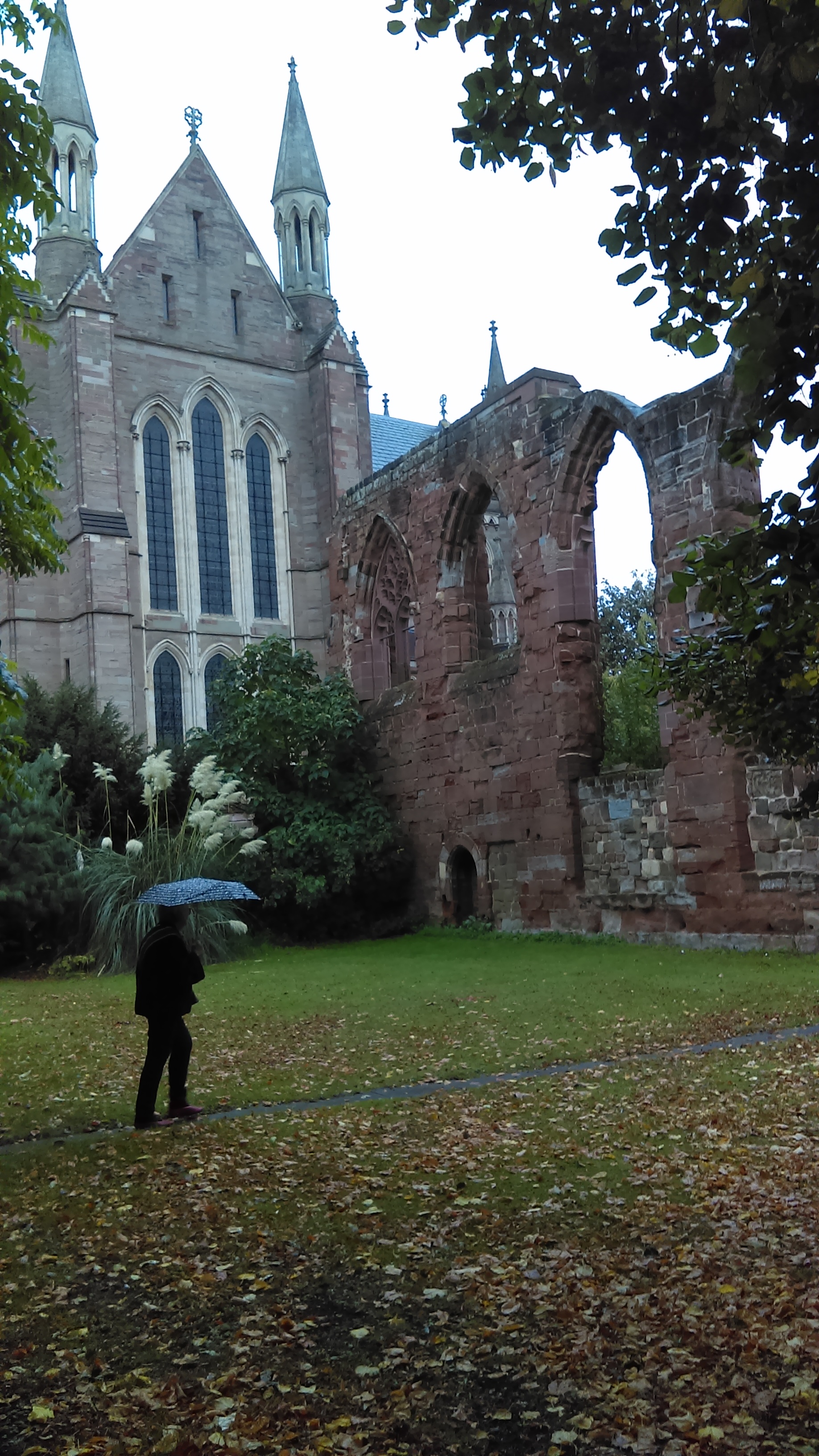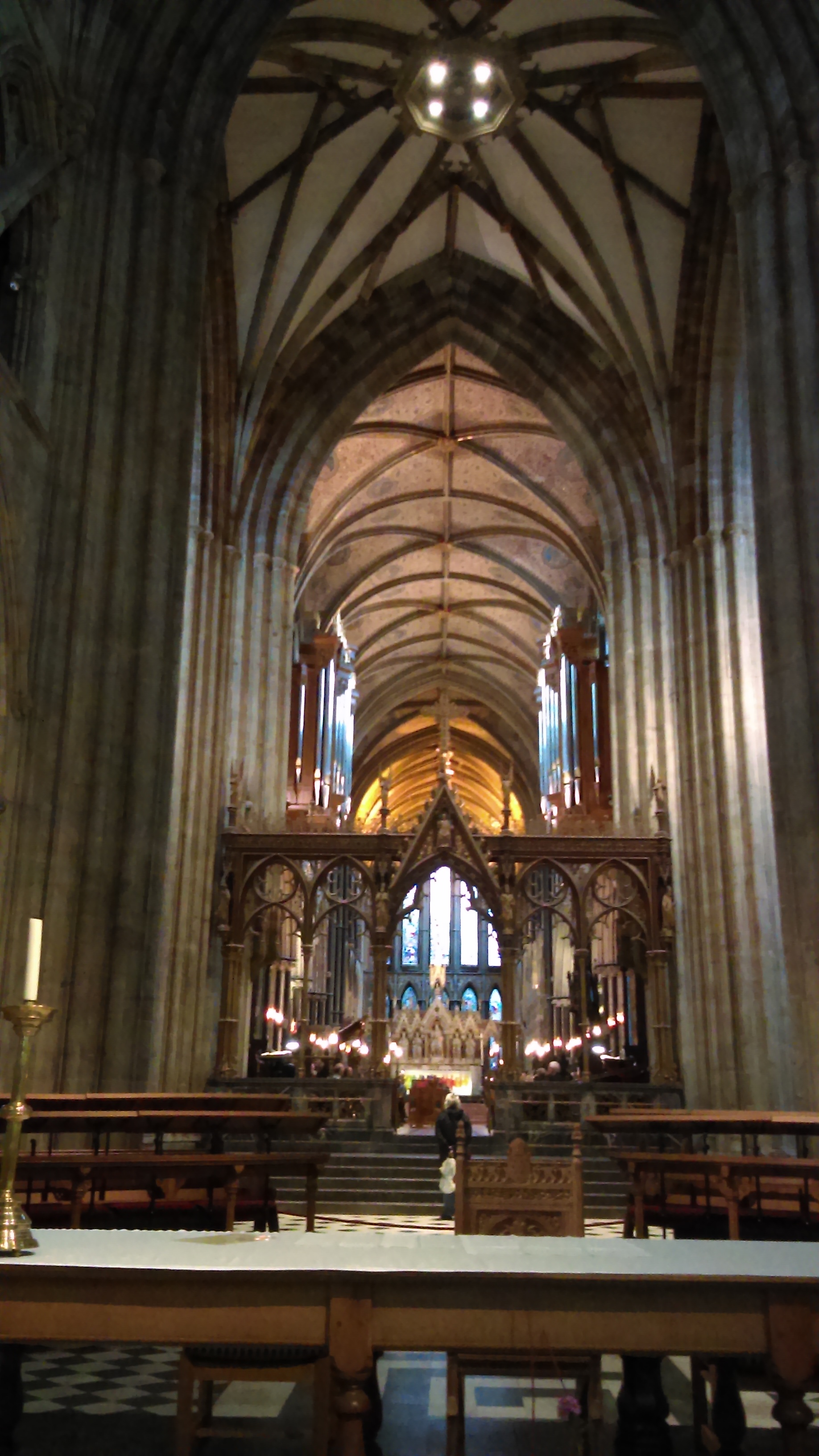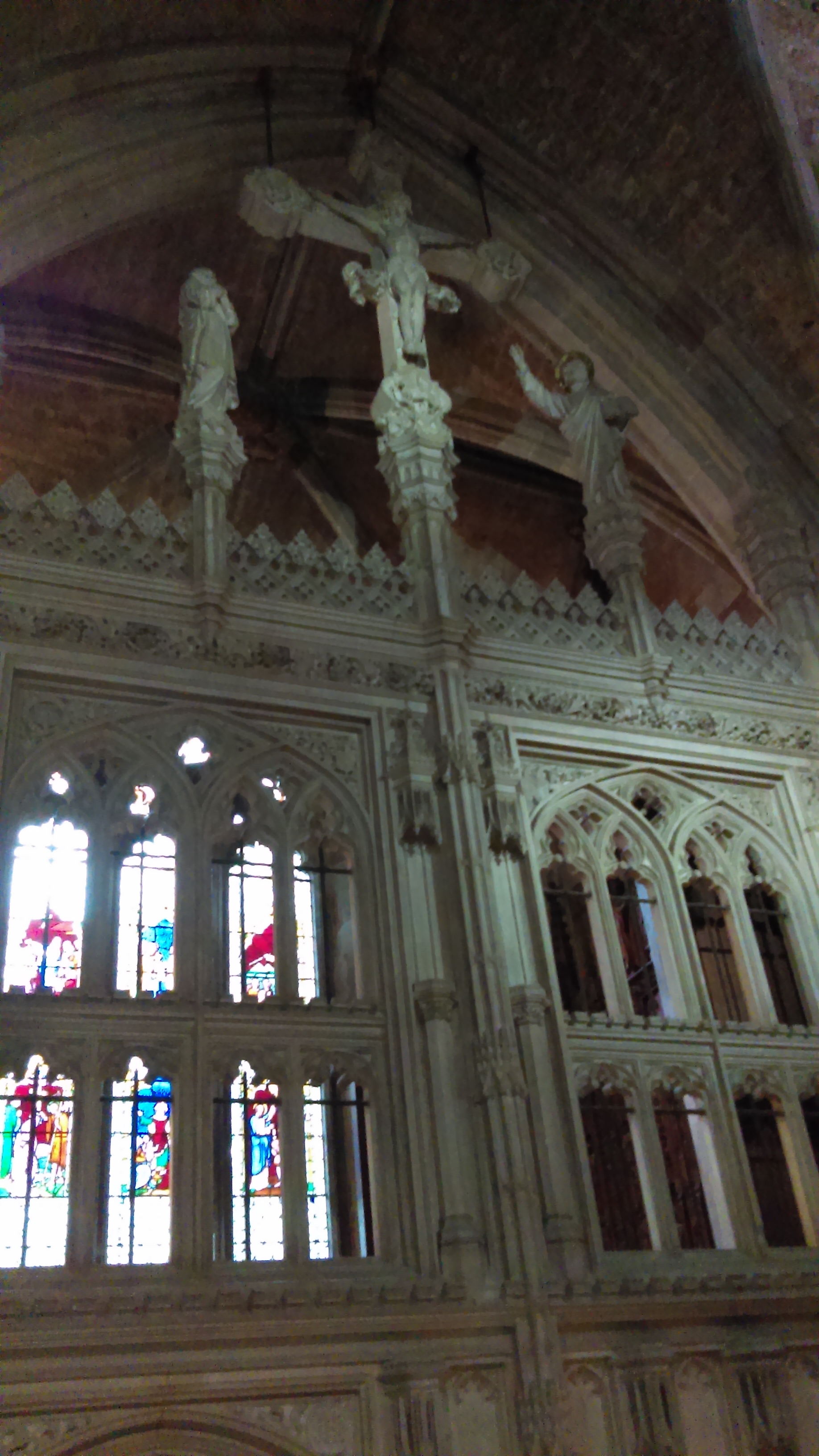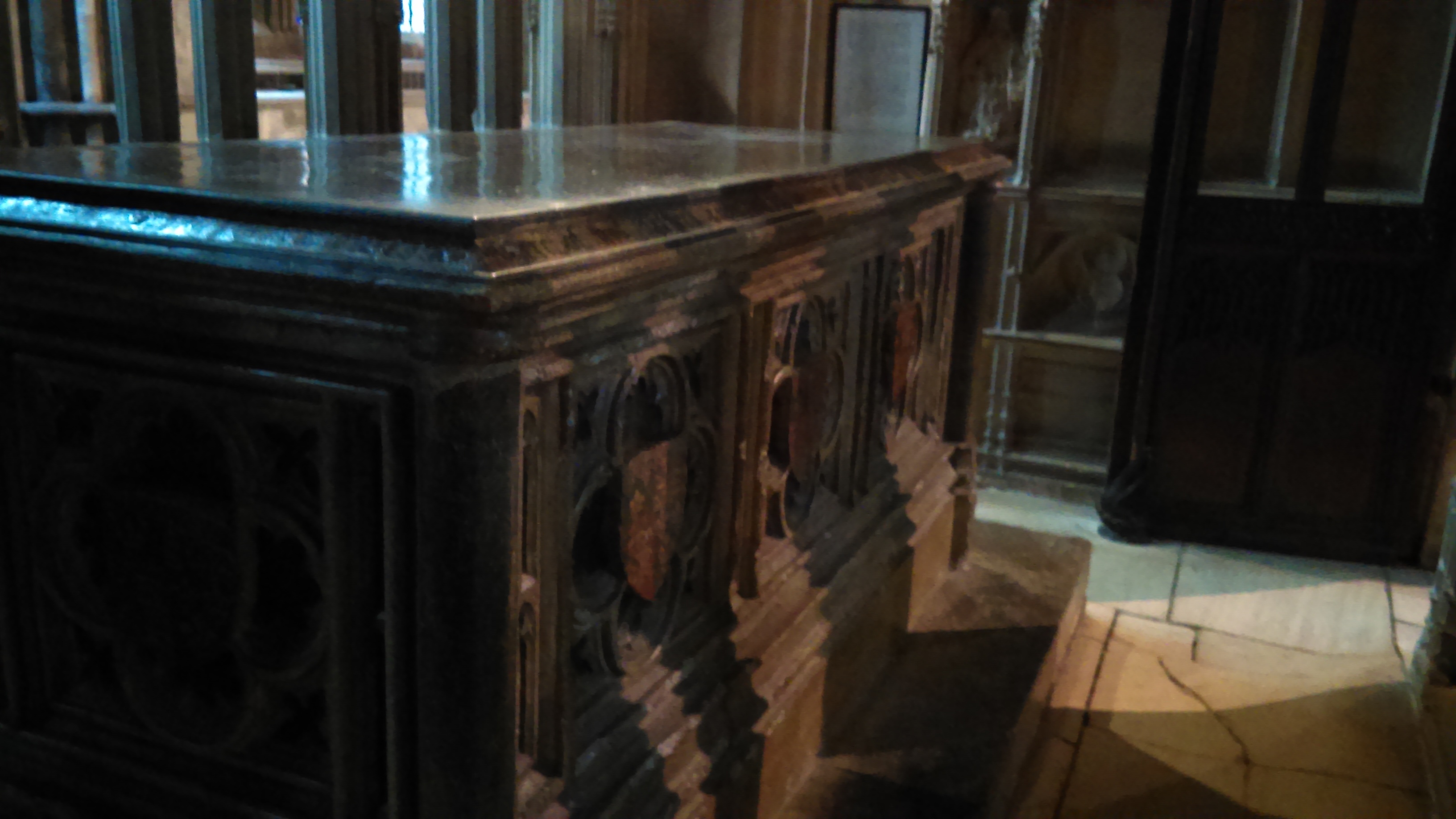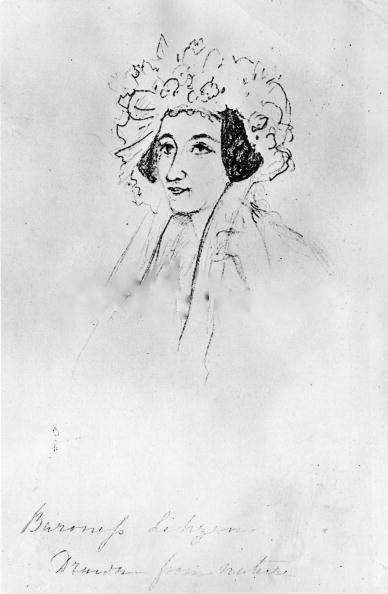I have a new post on the English Historical Fiction Authors blog! Here is a taste…

The Hon. Frances Anne Vane Tempest was born January 17, 1800, in St. James’s Square, London. Frances Anne was admired and respected for her successes as a political and a society hostess, her business acumen, and her position in society. She capably ran estates in England and Ireland, and was known for being strong minded. Her background certainly prepared her to think for herself, to trust her own judgment, and to stand her ground. Her parents were fascinating people in their own rights.
Her father was Sir Henry Vane-Tempest of Long Newton, County Durham, 2nd Bearonet. He was born with the last name of Vane, and added Tempest by royal patent, after he inherited his late maternal uncle John Tempest’s estates in County Durham and Wynyard in 1793. This inheritance made him very wealthy, as the estates included significant coal mines. His uncle’s will required that the name Tempest be adopted. He replaced his uncle as M.P. for the City of Durham 1794-1800 and for County Durham 1807-1813. Also a sportsman, he owned a successful racing stable, including a horse named Hambletonian. (Henry gambled, and won, 3000 pounds on this horse to win at Newmarket in March 1799.) Sir Henry had a bad reputation as womaniser, and was known for having a bad temper. Henry Vane-Tempest’s father died in 1794, and he inherited the title, becoming 2nd Baronet. He had one sibling, his sister Frances, who married Michael Angelo Taylor, M. P. for the City of Durham. Frances’s marriage to Mr. Taylor caused an estrangement, but brother and sister eventually reconciled. Sir Henry also had an illegitimate son, named John, born about 1792, who apparently remained in County Durham. In April 1799, he married Anne Catherine McDonnell, Countess of Antrim.
To read more about young Frances and the drama that awaits her, visit the English Historical Fiction Authors blog here: https://englishhistoryauthors.blogspot.com/2022/09/the-marriage-drama-of-frances-vane.html
Image through Wikimedia Commons (public domain): https://commons.wikimedia.org/wiki/File:Frances_Anne_Vane,_marchioness_of_Londonderry,_with_her_son_George,_future_5th_marquess_of_Londonderry.jpg


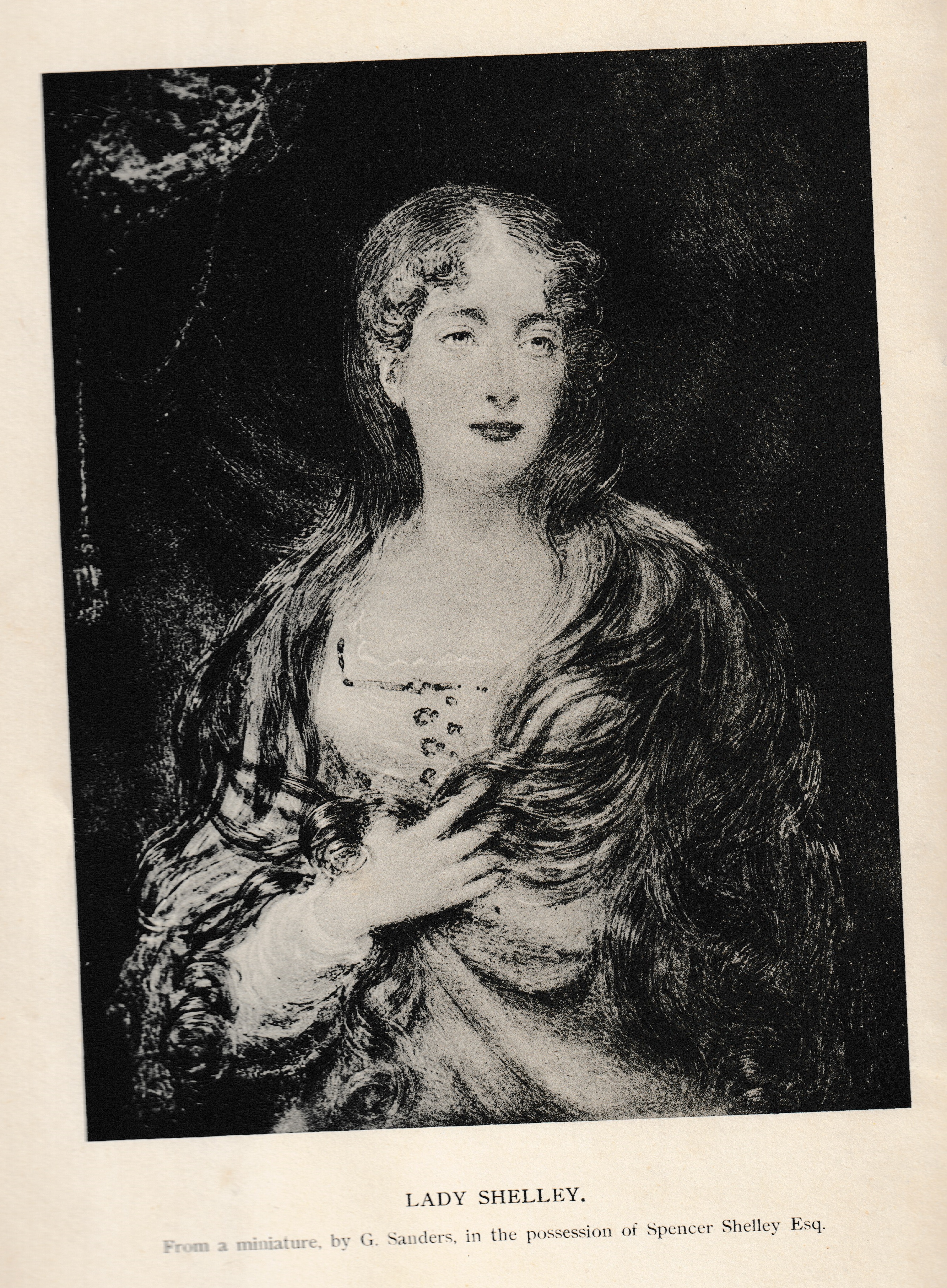 Lady Shelley, from a miniature by G. Sanders, in the possession of Spencer Shelley Esq.
Lady Shelley, from a miniature by G. Sanders, in the possession of Spencer Shelley Esq.